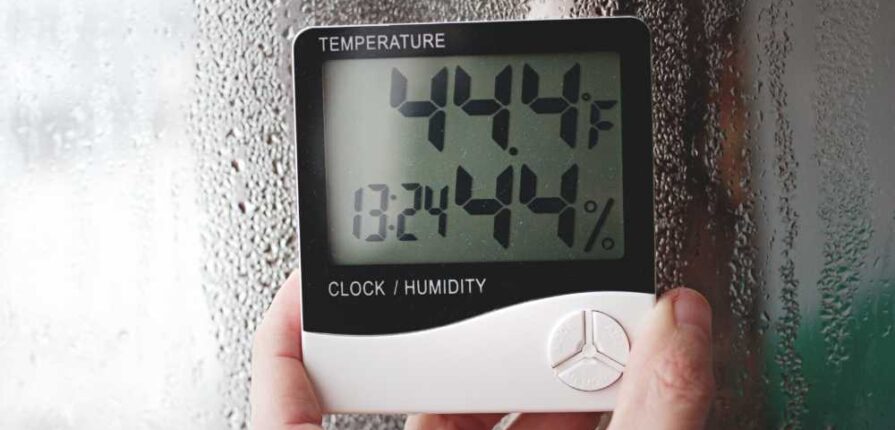How Humidity Affects Your A/C’s Performance – and What You Can Do About It
Understanding the Impact of Texas Humidity on Comfort and HVAC Efficiency
Summer is officially here in San Antonio, and with it comes the triple-digit temperatures and rising humidity that define the season. If your home feels sticky or uncomfortable even when the A/C is running, you’re not alone—humidity is already taking a toll on indoor comfort and your air conditioning system.
In South Texas, where heat and humidity go hand-in-hand, it’s crucial to understand how moisture in the air affects your HVAC system and what you can do to keep your home cool and efficient.
What Is Humidity—and Why It Matters for Cooling
Humidity refers to the amount of moisture in the air. The higher the humidity, the more water vapor is present. During the summer months in Texas, outdoor humidity levels often soar, and that moisture inevitably makes its way into your home.
Your air conditioner is designed to cool the air, but it also plays a secondary role in removing moisture. However, when humidity levels are high, your A/C has to work much harder—and that can cause several issues.
How High Humidity Impacts Your A/C
-
Reduces Comfort Indoors
Even if your thermostat reads 72°F, high humidity can make it feel 5–10 degrees warmer. This happens because excess moisture prevents your sweat from evaporating, which is your body’s natural cooling method. -
Increases Energy Usage
When your A/C struggles to remove humidity, it runs longer and uses more energy. This translates to higher electric bills and more frequent wear and tear on the system. -
Can Lead to Mold and Mildew Growth
Moisture buildup indoors can create a perfect environment for mold, mildew, and bacteria, affecting your home’s air quality and potentially your health. -
Shortens System Lifespan
An air conditioner that constantly runs to combat humidity may experience more frequent breakdowns and a shorter overall lifespan.
How to Help Your A/C Handle the Humidity
Luckily, there are steps you can take to help your HVAC system perform better—even in San Antonio’s most humid months:
✅ 1. Use a Whole-Home Dehumidifier
These systems work alongside your A/C to actively remove excess moisture from the air, helping maintain ideal humidity levels (between 30–50%).
✅ 2. Upgrade to a Variable-Speed A/C
Variable-speed air conditioners run longer at lower speeds, which allows them to remove more humidity than traditional systems that cycle on and off quickly.
✅ 3. Seal Leaks and Improve Insulation
Gaps in doors, windows, or ductwork let humid air enter your home. Sealing and insulating these areas helps reduce indoor humidity and prevents your A/C from overworking.
✅ 4. Keep Up with Maintenance
A clean evaporator coil and properly functioning system are essential to dehumidification. Annual A/C tune-ups ensure your unit is operating at peak performance.
✅ 5. Use Exhaust Fans in High-Humidity Areas
Run exhaust fans when cooking or showering to vent moisture outside rather than into your home’s air.
Breathe Easier This Summer with Air Texas A/C
As San Antonio’s summer humidity ramps up, your comfort doesn’t have to suffer. At Air Texas A/C, we go beyond basic cooling—we help you maintain the right balance of temperature and humidity for a truly comfortable home.
Need help managing indoor humidity?
Call (210) 602-7181 or write us today to schedule your A/C tune-up or humidity control consultation.

